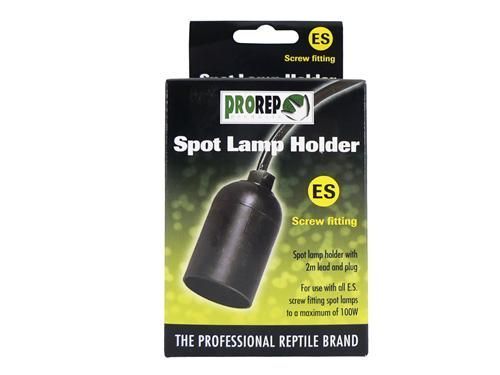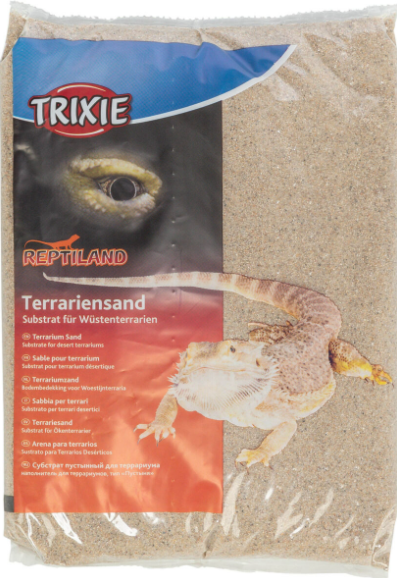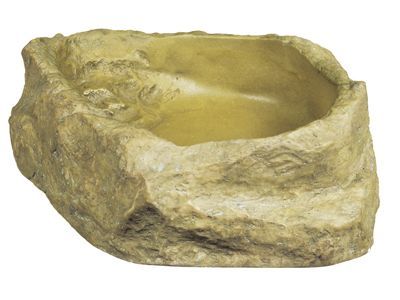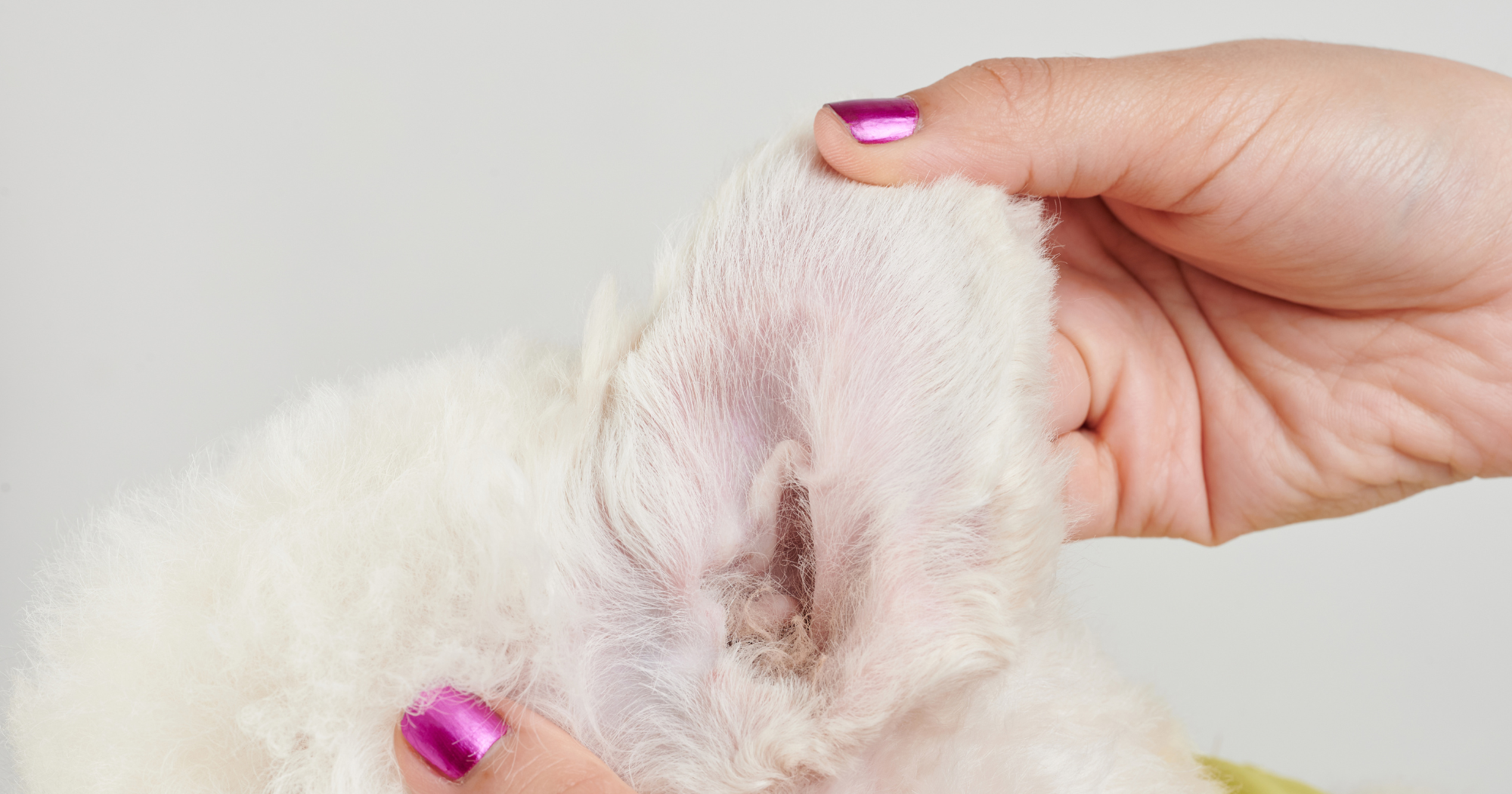
Introduction
Caring for a bearded dragon can be an incredibly rewarding experience. By creating the ideal environment, providing a suitable diet, and offering proper care, you can ensure that your bearded dragon thrives and becomes an adored part of your family. Always remember that conducting thorough research and adequately preparing are essential steps in guaranteeing a long, healthy life for your bearded dragon.
Understanding Bearded Dragons
Bearded Dragons, scientifically named Pogona vitticeps, are an increasingly popular choice for reptile enthusiasts due to their manageable size and docile nature. These creatures originate from the arid woodlands and deserts of central Australia, therefore they require a warm environment to support their bodily functions.
When it comes to housing, a spacious tank with proper temperature zones is crucial. They need a basking area with temperatures ranging from 95 to 110 degrees Fahrenheit, and a cooler side that should be between 75 and 85 degrees. A shallow water dish must be available for hydration, though they often get moisture from their diet.
Diet is a vital component of proper care. Fresh foods, such as collard greens and a variety of other vegetables, should be provided along with live insects. These foods supply essential nutrients, helping to prevent health conditions like metabolic bone disease, which can result from inadequate calcium intake.
Substrate choices like paper towels are safe for juveniles to minimise the risk of ingestion. For adults, a sand and soil mixture can be used. Paper towels are also beneficial for easy cleaning.
Regular check-ups with a veterinarian can help identify signs of illness, such as loss of appetite, to ensure the long-term health of the pet.
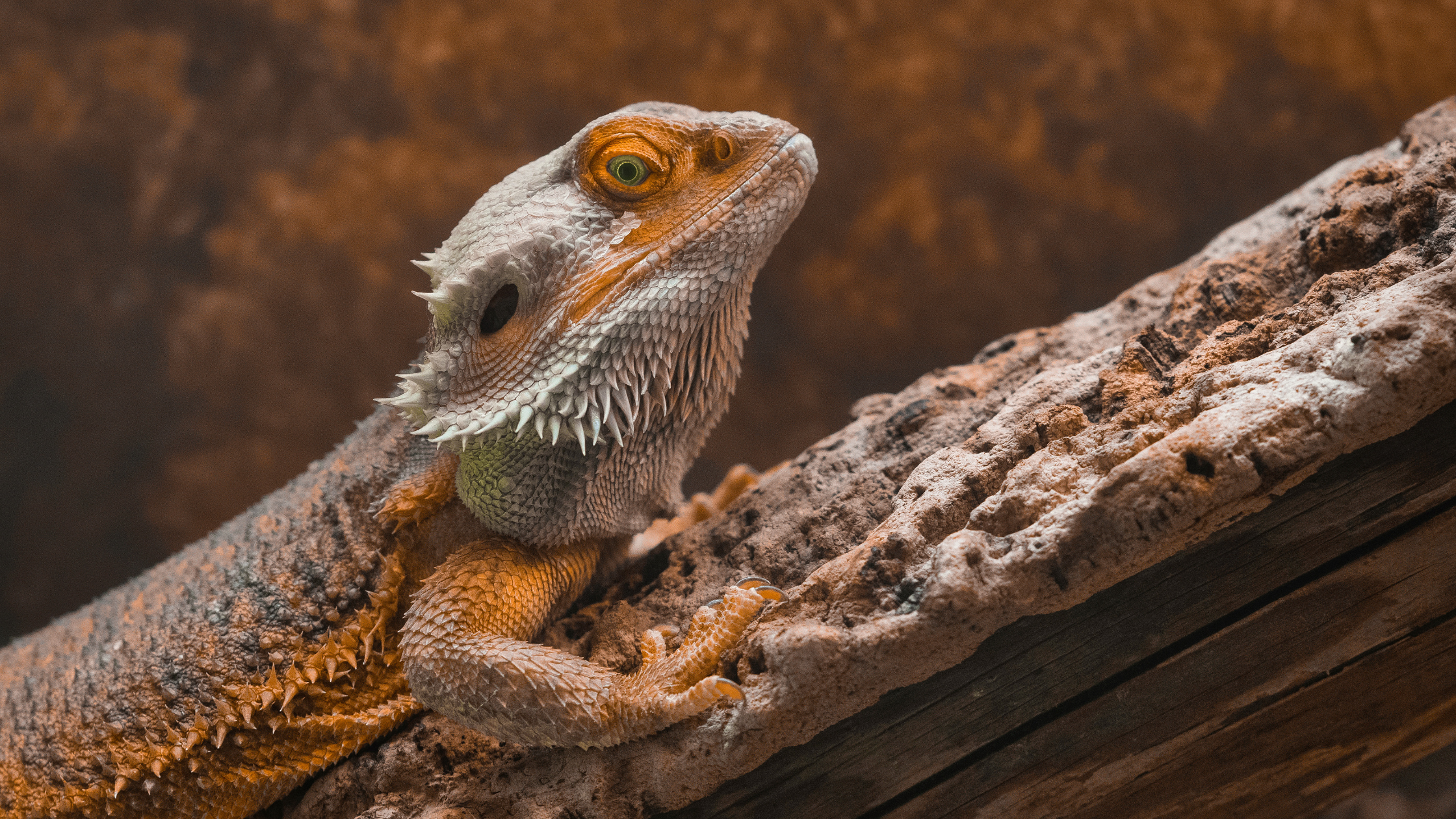
Setting Up the Perfect Habitat
When setting up the perfect habitat for a Bearded Dragon, often referred to by its scientific name Pogona vitticeps, several essential aspects must be taken into consideration to ensure their well-being and proper care.
Tank Size:
- Juveniles can start in a 20-gallon tank, but adults need at least a 40-gallon breeder tank.
- Provides ample space for exercise and bodily functions.
Temperature and Lighting:
- Create a temperature gradient from 75-85°F (24-29°C) on the cool side to 95-110°F (35-43°C) on the basking spot.
- UVB lighting is crucial for Vitamin D3 synthesis, preventing metabolic bone disease.
Substrate:
- Paper towels are sanitary and easy to replace for juveniles.
- For adults, tiles or reptile carpet are safe options avoiding impaction risks.
Furnishings:
- Include rocks, branches for climbing, and hiding spots to mimic their natural environment.
- Ensure structures are stable to prevent injuries.
Hydration and Humidity:
- Provide a shallow water dish for easy access.
- Mist the habitat regularly to maintain a humidity level between 20-40%.
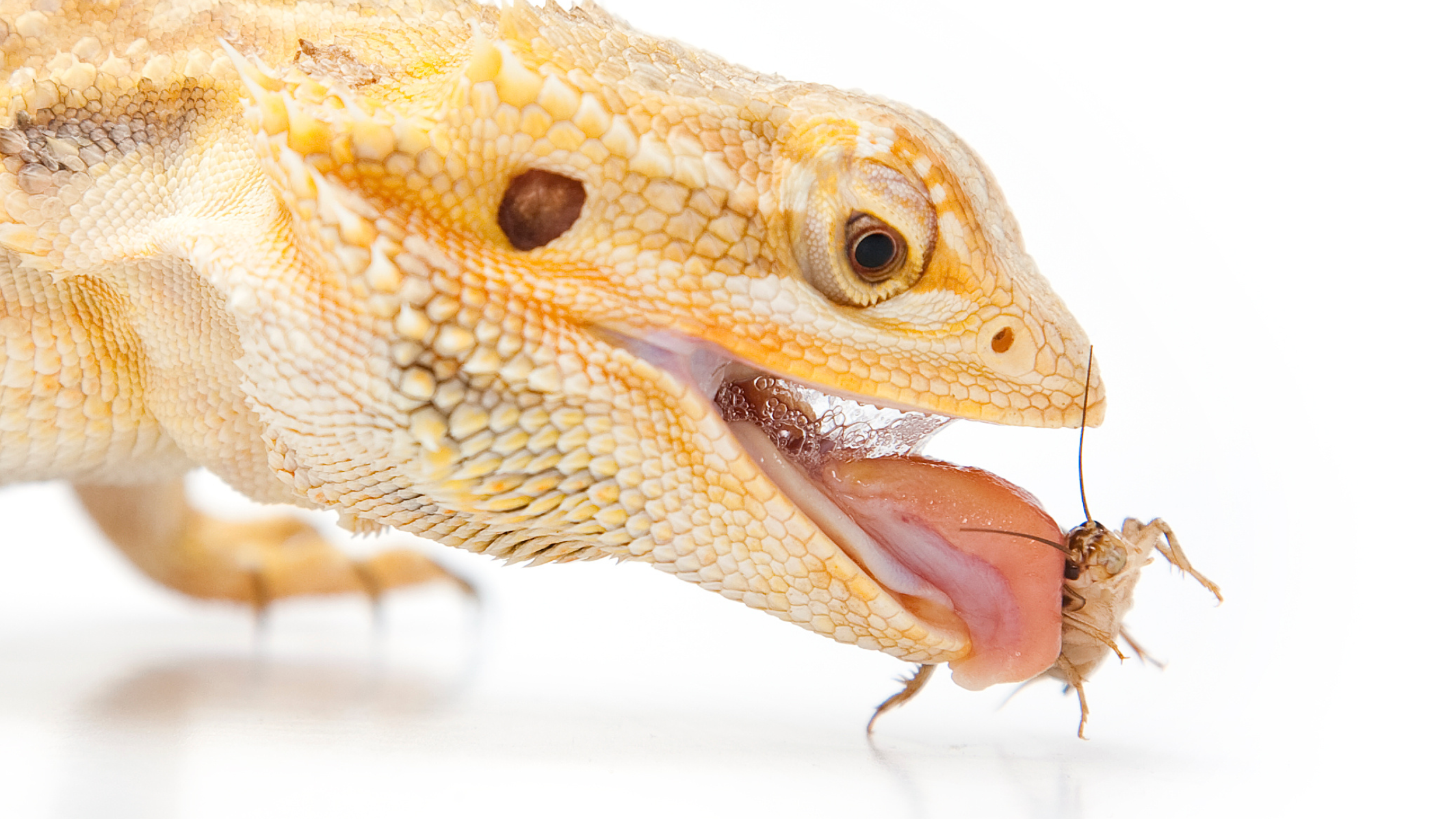
Nutrition and Feeding
When it comes to nutrition and feeding a pet Bearded Dragon, providing a varied and balanced diet is crucial for their health. Bearded Dragons are omnivores, which means they need a combination of vegetables, fruits, and protein in their diet.
Essential Nutritional Components:
- Proteins: Live insects such as crickets, mealworms, and dubia roaches are common protein sources. Aim for gut-loaded insects (insects fed nutritious foods that pass on their benefits to the dragon). Dust insects with calcium and vitamin D3 powder.
- Vegetables: Offer dark, leafy greens like collard greens, which are vital for their diet. Avoid spinach as it can inhibit calcium absorption.
- Fruits: Provide as treats, fruits should be less frequent in the diet.
- Hydration: Ensure a shallow water dish is always available and mist the enclosure to maintain humidity levels around 30-40%.
Feeding Schedule:
- Juveniles need more frequent feedings with a greater proportion of insects for protein and proper growth.
- Adults require more greens and fewer insects, generally fed once a day.
|
Age of Bearded Dragon |
Insects |
Vegetables |
Fruits |
|---|---|---|---|
|
Juvenile (Under 18 months) |
70% |
30% |
Occasional Treats |
|
Adult (Over 18 months) |
30% |
70% |
Occasional Treats |
Key Tips for Feeding:
- Always provide fresh foods rather than processed or canned.
- Remove uneaten food to prevent spoilage and maintain hygiene.
- Water can be offered in a shallow dish and should be changed daily.
Proper nutrition is important in preventing health conditions like metabolic bone disease, so ensure the diet is calcium-rich and diverse. If you observe loss of appetite or other changes in bodily functions, it may be indicative of a health issue needing veterinary care.
Health and Hygiene
Maintaining the health and hygiene of a Bearded Dragon, also known as Pogona vitticeps, is crucial to ensure they thrive. Proper care requires a hygienic habitat with a regular cleaning schedule. Use paper towels to line the enclosure for easy clean-up and replace them frequently to prevent the growth of harmful bacteria.
Bearded Dragons need access to freshwater daily. A shallow water dish is recommended, as deep water can pose a risk. It should be cleaned and refilled with fresh, warm water to encourage proper hydration and aid in bodily functions.
A balanced diet plays an essential role in preventing health conditions such that of metabolic bone disease. Offer a variety of fresh foods, including collard greens, which provide essential nutrients. Be mindful of any loss of appetite, as it might indicate a health issue.
Regular vet check-ups are imperative to detect and treat any potential health problems early. Be vigilant about signs of illness, like lethargy or irregular bowel movements, and seek veterinary care if necessary.
Below is a basic health and hygiene checklist for your Bearded Dragon:
- Habitat Cleanliness: Daily spot cleaning, weekly deep cleaning
- Water Hygiene: Fresh, warm water provided daily
- Nutrition: Balanced diet with a variety of fresh foods
- Veterinary Care: Regular check-ups, monitor for signs of health issues
Adhering to these health and hygiene practices is key for ensuring the longevity and well-being of your Bearded Dragon.

Enrichment and Mental Stimulation
Enrichment and mental stimulation are crucial for maintaining the well-being and happiness of a Bearded Dragon, also known scientifically as Pogona vitticeps. These reptiles thrive when their environment closely mimics their natural habitat, providing them both physical and mental challenges.
To cater to their need for exploration and physical activity, it’s essential to have a habitat with various textures and structures. Including rocks, branches, and hiding places not only enriches their living space but also encourages natural behaviours like climbing and basking.
For mental stimulation, incorporate regular changes to their enclosure setup, which can help prevent boredom. Introducing new items or changing the placement of habitat decor can provide a novel and exciting environment for your Bearded Dragon to investigate.
Feeding can also be a source of enrichment. Providing live insects encourages hunting behaviour, which is a vital part of their mental and physical health. Additionally, offering a diet of fresh foods, such as a wide variety of leafy greens like collard greens, and other vegetables can stimulate their senses and encourage natural foraging behaviour.
Lastly, Bearded Dragons appreciate gentle and regular human interaction. Handling your pet frequently can build trust and provide enrichment. Care should be taken to ensure that all interactions are positive and stress-free for the animal.
Conclusion
When considering a Bearded Dragon, or Pogona vitticeps, as a pet, it’s essential to be well-informed to ensure their health and well-being. These reptiles are a popular choice among enthusiasts due to their docile nature and relatively straightforward care requirements. However, they do have specific needs.
A balanced diet is crucial to prevent health conditions such as metabolic bone disease. A mix of fresh foods like collard greens and occasional insects should be provided. Proper hydration through a shallow water dish and occasional warm water baths aids in maintaining healthy bodily functions.
A clean environment is also vital, with paper towels being a hygienic substrate option. Be vigilant for signs of distress, such as loss of appetite, which could indicate underlying health issues. Providing a habitat with a warm basking area, UVB lighting, and space to explore will help mimic their natural environment.
In sum, while Bearded Dragons are a good option for many, they do require targeted care including a diet providing the necessary nutrients, an appropriately structured habitat, and regular monitoring for any signs of health issues. With proper care, these creatures can be a rewarding and endearing addition to your home.


